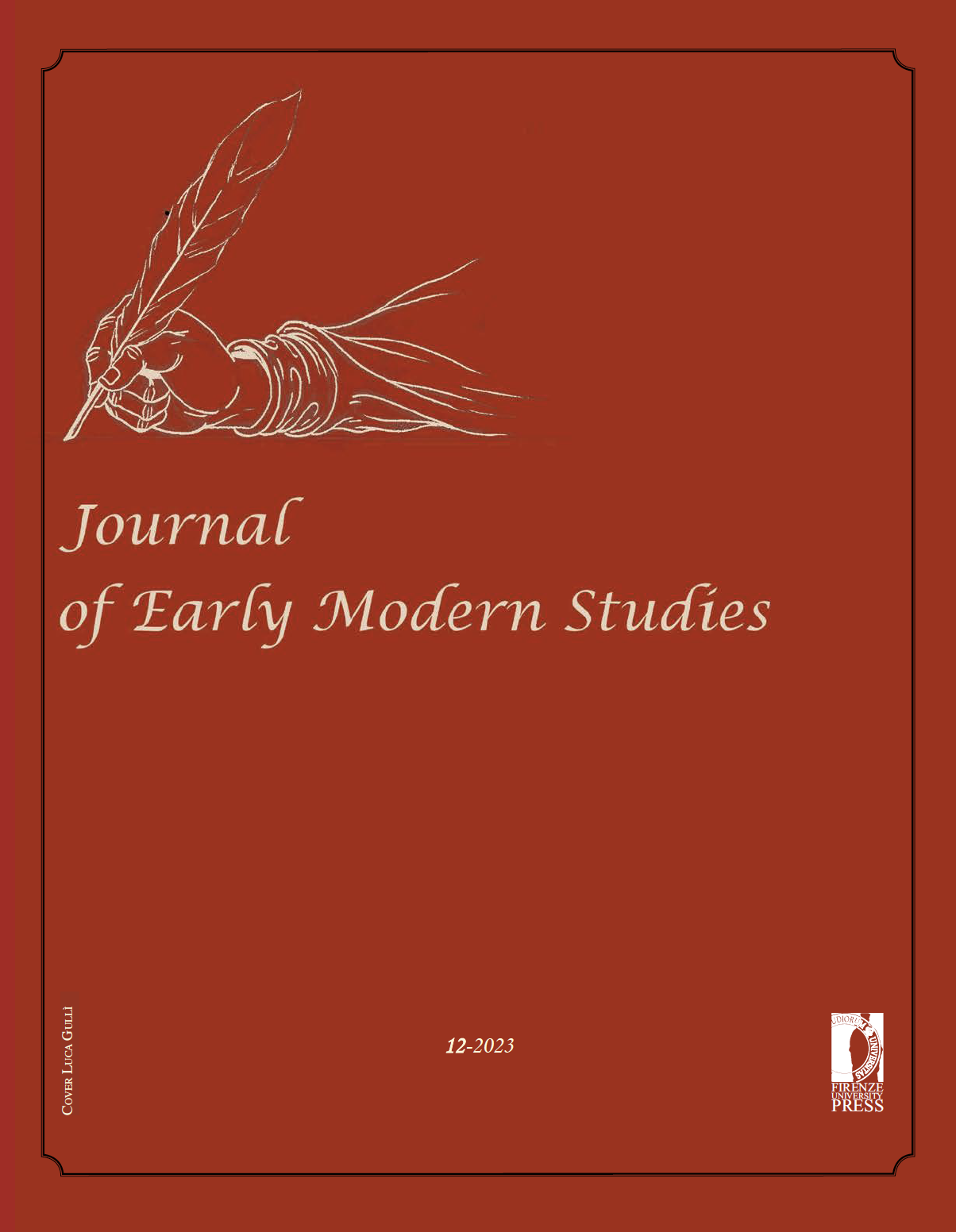Kurusu Kuatia (Inscribed Cross): Written Culture and Indigenous Memory in the Reductions of Paraguay (Eighteenth Century)
Published 2024-07-31
Keywords
- Colonial Frontier,
- Guarani Mission,
- Indigenous Memory,
- Indigenous Writing,
- Written Culture
How to Cite
Copyright (c) 2024 Eduardo Santos Neumann

This work is licensed under a Creative Commons Attribution 4.0 International License.
Abstract
In the history of the Guaraní reductions, one of the themes that has attracted attention is the indigenous opposition to accepting orders to move after the Treaty of Madrid was signed by the Iberian monarchies in 1750. At this time, there was intense use of writing by the Guaraní, prompting a ‘written reaction’. They wrote several texts, using arguments against the implementation of the exchange of eastern missions with the Colônia do Sacramento. The refusal of the indigenous people to abandon their reductions triggered a conflict known in historiography as the Guaranitic War. At the beginning of March 1756, about a month after the Battle of Caiboaté, in the place where the indigenous militia was defeated by the Iberian armies, some leaders of the Reduction of São Miguel erected a large cross with an inscription written in Guaraní (Kurusu Kuatia). It is an epitaph, in the Guaraní language, reporting episodes from that battle. The text, signed by Miguel Mayra, was only located three years after the events. This type of exposed writing is an indigenous memory of past events, episodes assessed by the rebel population as worthy of collective remembrance.

